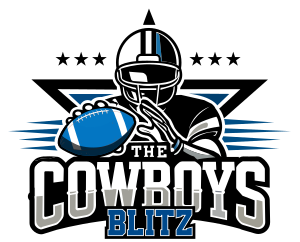If you and I disagree on an interpretation, chances are I am right.
Here are the NFL's interpretations.
play: Johnson, week 1 2013
ruling: no catch
explanation: "Calvin did not have both feet down prior to reaching for the goal line. So this is all one process. This is an incomplete pass."
source:
http://www.nfl.com/videos/nfl-netwo...00000246515/Calvin-Johnson-rule-strikes-again
play: Thomas, week 2 2013
ruling: catch
explanation: "Watch what Julius does. He's gonna get control, take two steps...and now reach for the goal line. He has established himself as a runner."
source:
http://www.nfl.com/videos/nfl-netwo...00000246515/Calvin-Johnson-rule-strikes-again
play: Bryant, 2014 playoffs
ruling: no catch
explanation: "in order for it to be a football move, it’s got to be more obvious than that, reaching the ball out with both hands, extending it for the goal line. This is all part of in our view, all part of his momentum in going to the ground."
source:
http://nflcommunications.com/2015/0...blandino-on-nfl-gameday-final-on-nfl-network/
In all three of these cases, a player went to the ground either shortly after completing the catch process, or while in the act of catching a pass. In all three cases, part C of the catch process (the football move) was the deciding factor for the official in ruling the former or the latter. In all three cases, the football move in question was a reach for the goal line. In the only case that was ruled a catch, the player had control and two steps, then reached for the goal line. In the two cases that were not ruled catches, the player had control and two steps, but the reach was either not soon enough (Johnson), or not obvious enough (Bryant).
It's easy to see why Johnson's catch did not stand, because the order was wrong (control, football move, two feet). Dez's isn't nearly that simple, because the order was correct (control, two feet, football move). It all boiled down to the move not being obvious enough. So that's where we look. The questions that need to be asked are:
Logically, what would have made a two-handed reach more of a football move than a one-handed reach? and
Logically, how would extending his arm have moved the ball any closer to the goal line?



